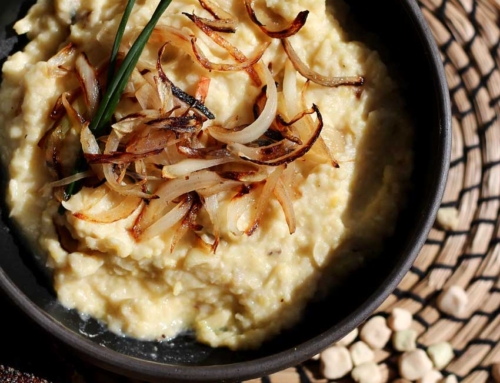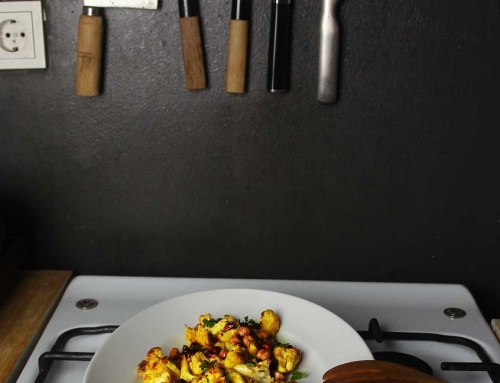Southeast Asia in Beans.
On my journey through Singapore, Malaysia, Cambodia and Indonesia, I spotted several species of beans, I hadn’t seen before. One of them is „jering“ (Archidendron pauciflorum), also called „luk-nieng“ in Thailand. It’s huge, the size of a table tennis ball, brown, and a bit stinky, when cooked. But the taste is great! Usually used in satay or curry. Jering is traditionally extolled for treating diabetes, high blood pressure and eliminating bladder stones because of its mildly toxic effects. But if eaten too often, it can cause spasmodic pain and acute renal failure. So be careful!
Also new for me were Parkia speciosa, known as „petai“, „stink bean“ or „bitter bean“. The name reveals it already, it’s another smelly type, but don’t be deterred, you will miss a fantastic taste and powerhouse of healthy nutrients. Wrapped in green twisted pods that grow in clusters, the peeled beans are commonly stir-fried in curry paste, paired with other robust ingredients like garlic, chillies, and shrimp paste. The young pods may be eaten raw, fried or pickled.
A more familiar taste and look provides the „yardlong bean“ (Vigna unguiculata), or „Chinese long bean“, „asparagus bean“, it resembles a very long bush bean, 35-70 cm. Before their full maturity is reached, the tender pods are eaten fresh or cooked, often cut into short sections. You will find them also stir-fried with chillies or curry paste.









i love this site so much!